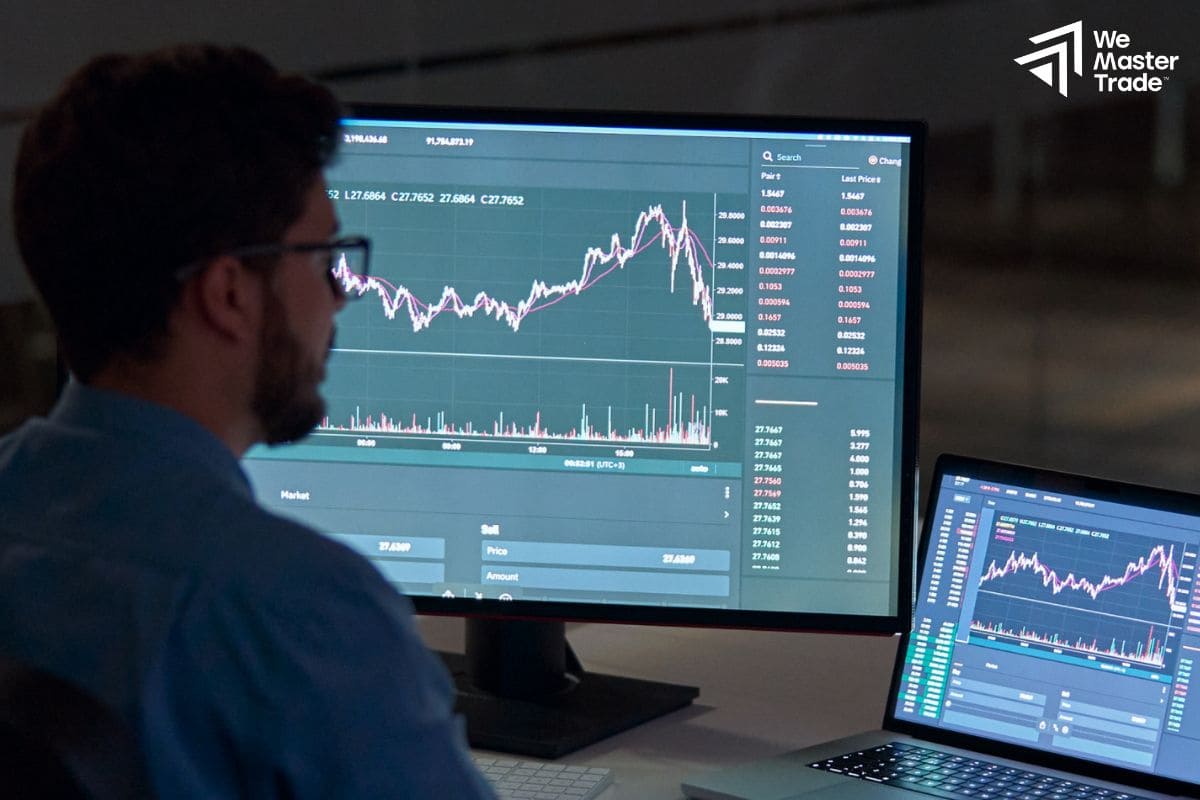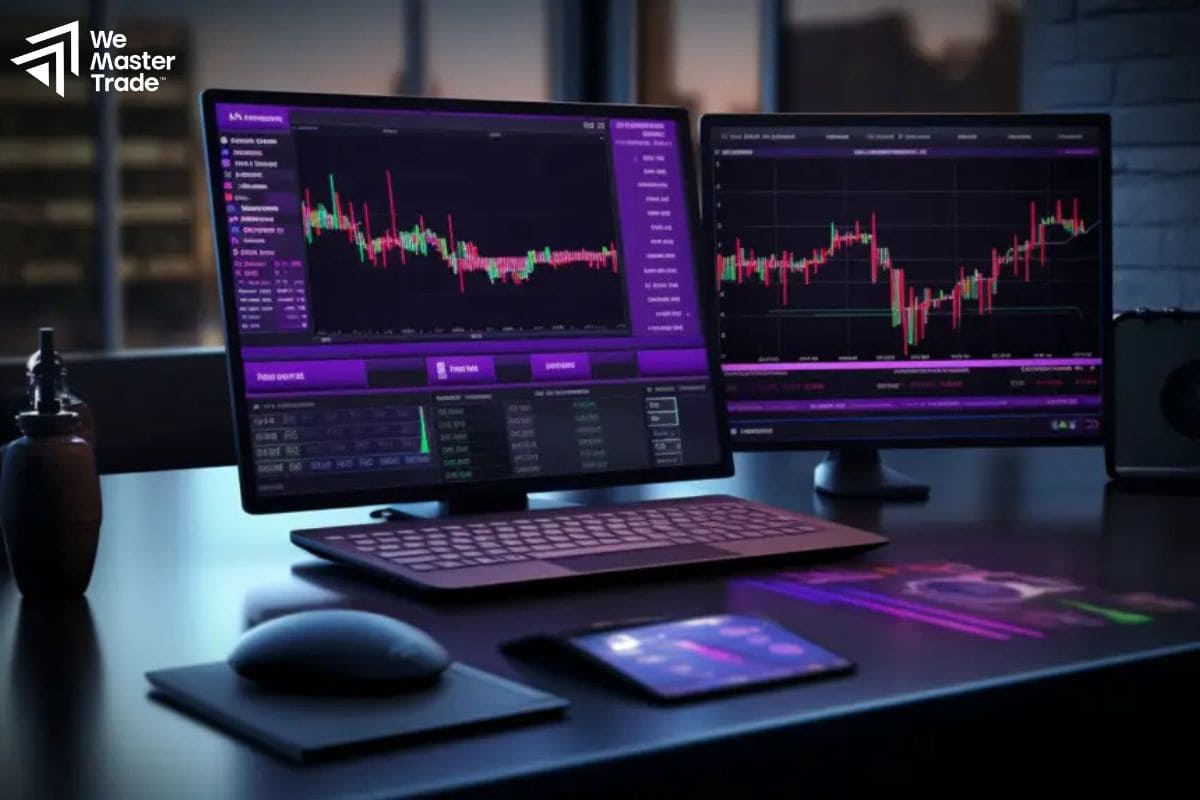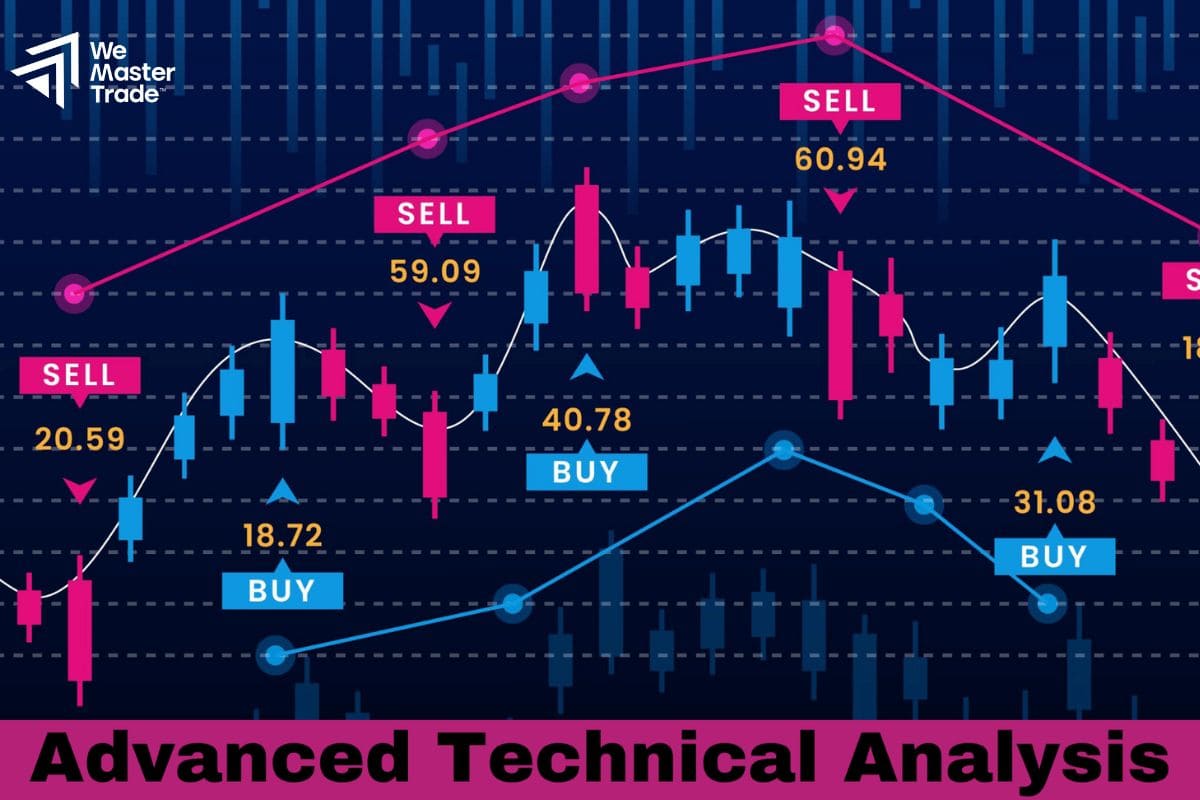In today’s modern financial world, proprietary trading firms (prop firms) are increasingly attracting the attention of the trading community. Unlike traditional trading models, prop firms offer a new playing field where traders use the company’s capital to seek profits. However, to succeed in this environment, participants must equip themselves with prop firm trading techniques in a systematic way—from foundational knowledge to concrete action strategies.
The Difference in Trading at a Prop Firm

The Difference in Trading at a Prop Firm
Trading at a prop firm is not simply about placing buy and sell orders. This is a model where traders must prove their skills in order to receive funding and share in the profits. Therefore, prop firm trading techniques are designed to optimize real-world performance, rather than relying on empty theoretical tactics.
How a Prop Firm Operates
Prop firms typically provide demo accounts under real-market conditions to assess a trader’s capabilities. If a trader passes this evaluation phase, they are granted live capital and join a profit-sharing model. During this process, prop firm trading techniques focus not only on generating profits but also on risk management, emotional control, and discipline.
See now:
- What is Interest Rate Forex? Understanding Interest Rates in Trading
- What is Drawdown Index? How to Understand to Control Trading Risk
- Prop Firm Investor Experience & Valuable Lessons
Common Prop Firm Trading Techniques
Below are the core techniques every trader should master when participating in a prop trading environment:
Strict Capital Management
One of the most crucial aspects of prop firm trading is capital management. With strict drawdown limits (daily drawdown and max loss) in place, traders need to:
- Apply a minimum risk-to-reward ratio (R:R) of 1:2
- Limit each trade to no more than 1–2% of total capital
- Set an absolute stop-loss for every trade
The ability to survive losing streaks is a prerequisite for achieving long-term profitability.
Trading Based on a Predefined Plan
There is no room for randomness in prop firm trading. An effective approach is to build a detailed trading plan before each session, which should include:
- Identifying key support and resistance zones
- Establishing clear trading scenarios (e.g., if price reacts at Zone A, enter a trade using Pattern X)
- Setting alerts and fixed trading hours to avoid overtrading
Strict adherence to this plan is a key factor in prop firm trading techniques.
Using Advanced Technical Analysis
Prop firm traders should be proficient in tools such as:
- Fibonacci Retracement to pinpoint high-probability entry levels
- Volume Profile to evaluate market money flow
- Price Action combined with candlestick patterns to optimize exit points
All tools must serve a clear purpose: making trading decisions based on solid logic and evidence—not emotions.
Trading Styles for Applying Prop Firm Techniques
Each prop firm allows traders the flexibility to choose their own trading style. However, prop firm trading techniques vary depending on the type of strategy applied:
Scalping and Intraday Trading
- Advantages: Maximizes short-term profits, less affected by long-term news events
- Core techniques: Analyze M1 to M15 charts, combine Order Flow and liquidity levels
Swing Trading
- Advantages: Less market noise, saves trading time
- Core techniques: Combine trendlines, supply-demand zones, and price patterns (flag, wedge) on H4–D1 timeframes
Algorithmic & Quantitative Trading
- Advantages: Automates trading, removes emotional influence
- Core techniques: Code strategies, use backtest data, and apply algorithms to optimize performance
Common Mistakes in Applying Prop Firm Trading Techniques
Although many traders equip themselves with solid knowledge and strategies, the reality is that the pass rate for prop firm evaluations remains low. The reason is not a lack of tools or methods, but rather applying prop firm trading techniques incorrectly or incompletely. Below are common mistakes traders should pay special attention to:
Not Fully Understanding the Prop Firm’s Rules

Not Fully Understanding the Prop Firm’s Rules
Each prop firm has its own set of rules regarding:
- Maximum leverage ratio
- Number of open trades allowed simultaneously
- Volume limits per currency pair
- Valid trading hours
- Risk management requirements (daily drawdown, max loss)
Applying prop firm trading techniques without cross-checking these rules can lead to avoidable “technical violations” that may disqualify a trader—even if their trades are profitable.
Lack of Long-Term Trading Discipline
Discipline is not just an ethical trait—it is a survival factor when trading with allocated capital. A trader may have a great strategy and perfect entries, but without consistency, long-term results will suffer.
Common mistakes include:
- Increasing position size after a winning streak (overconfidence)
- Doubling trades to recover losses (revenge trading)
- Breaking risk management rules because of “certainty”
In the prop firm environment, where each trade can affect your continuation, such actions are not only dangerous but counterproductive. Prop firm trading techniques cannot work if traders fail to follow the principles set from the start.
Over-Reliance on a Single Technique
Another frequent mistake is using one prop firm trading technique for all market conditions. For example, a breakout strategy may work well in strong trends but becomes useless in ranging markets.
Without a backup plan or the ability to recognize when to stop using a strategy, performance will erode and the risk of hitting drawdown limits increases.
Technology Supporting Prop Firm Trading Techniques

Technology Supporting Prop Firm Trading Techniques
Today, professional prop firms often provide traders with advanced technological tools to maximize the effectiveness of prop firm trading techniques:
- Multi-asset trading platforms such as TickTrader or cTrader
- Detailed performance analytics dashboards
- Automated risk management tools (order limit accounts, real-time drawdown monitoring)
- Trading psychology alerts: Detect overtrading, revenge trading, and FOMO states
With the help of technology, traders can continuously refine strategies and improve decision-making.
How to Develop Prop Firm Trading Techniques
No technique will be effective without consistent practice. Below is a suggested roadmap to improve prop firm trading techniques:
- Backtest at least 3 months of historical data to verify strategy consistency
- Trade on demo or free challenge accounts to test techniques in near-real conditions
- Keep a trading journal: Record entry reasons, outcomes, and emotions for review and improvement
- Periodically self-evaluate performance, thereby improving or changing ineffective techniques
Conclusion
In the prop trading environment, success doesn’t come from luck but from thorough preparation. Mastering prop firm trading techniques not only helps you pass evaluation stages but also lays a solid foundation for long-term profitability. Remember, every trade is a live test of your knowledge, skills, and emotional control—the core qualities of a professional trader.
See more:












